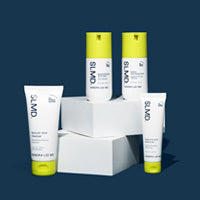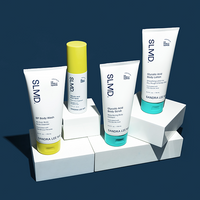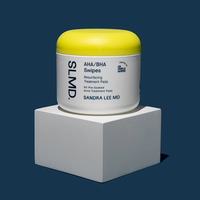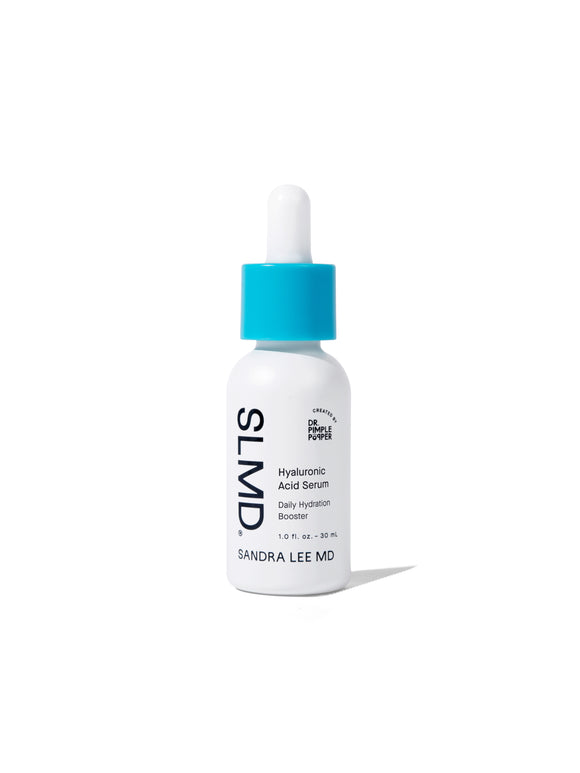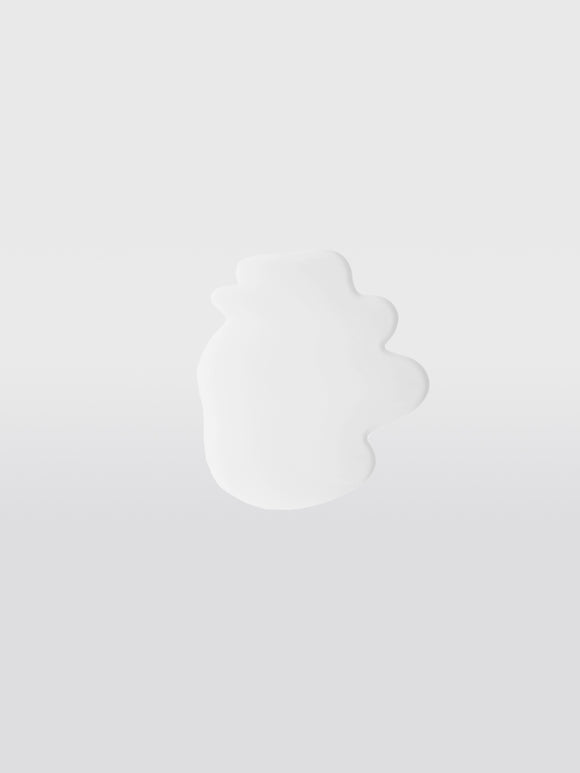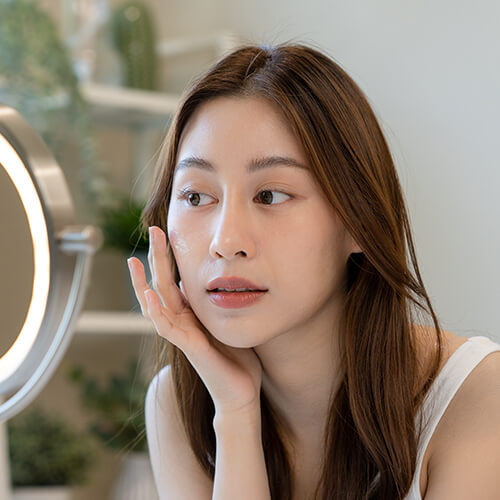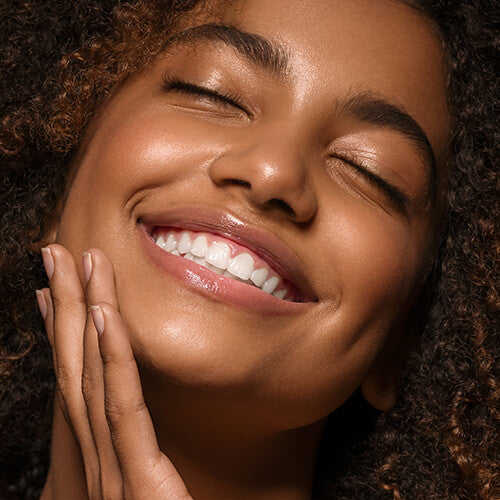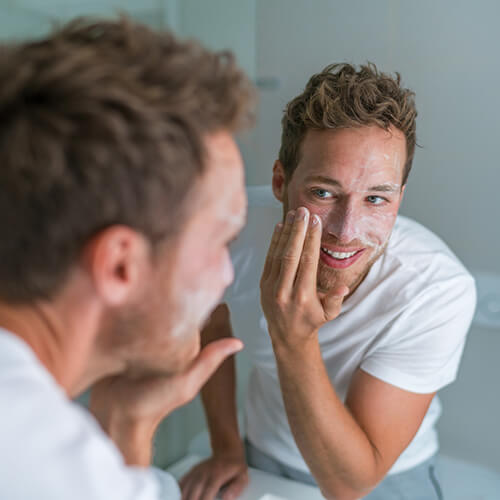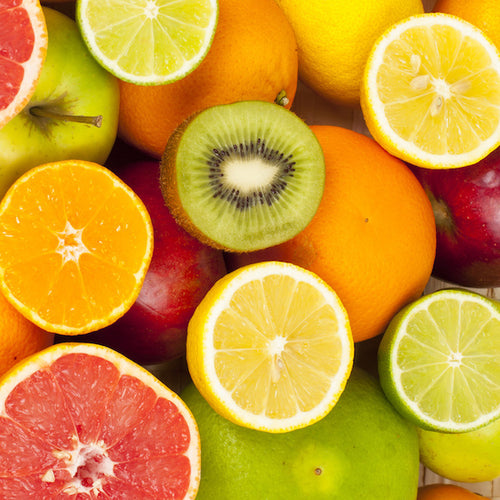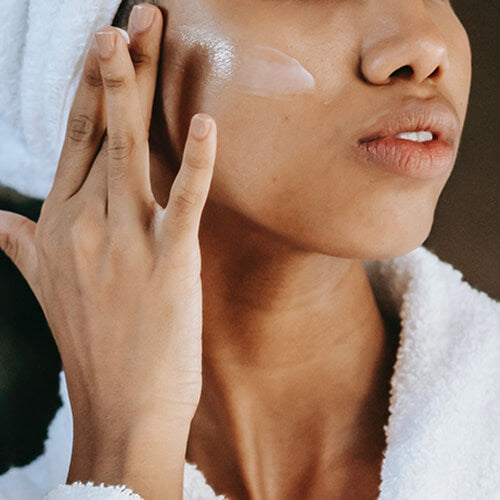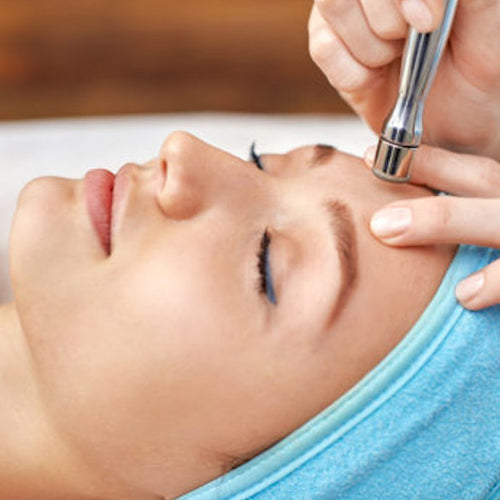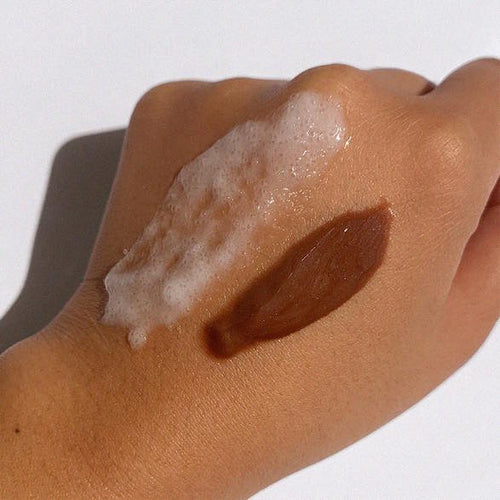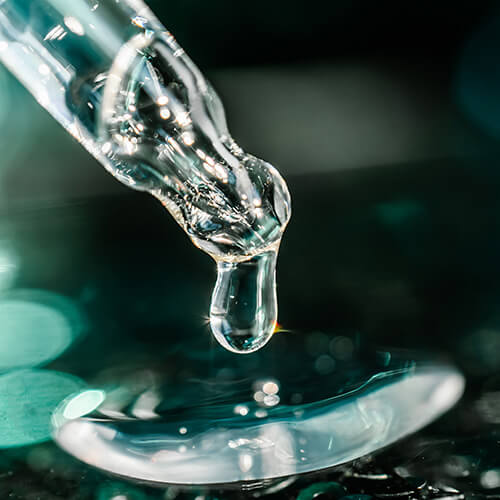
Ingredient Spotlight: Squalane
Learn why this moisturizing oil has become a skincare celebrity.Published:
2 minute read
In case you haven’t noticed, squalane is having a skincare moment. From serums to tinted moisturizers, this trending ingredient seems to be popping up in product after product. But what exactly is squalane — and what does it do for your skin? Read on to learn why dermatologists and beauty bloggers alike can’t seem to get enough of squalane.
Article Quick Links
What is squalane?
You might think squalane is new — but it’s actually been around for decades. In a nutshell, squalane is a hydrocarbon derived from squalene, a compound found naturally in our skin. Originally derived from shark liver oil, today, squalane is primarily plant-based, sourced from olives, sugarcane, and amaranth seed.
Squalane became prominent in skincare for its stability and moisturizing properties. As an emollient, it helps to soften and smooth the skin, which is crucial for maintaining skin texture and health.
How does squalane benefit skin?
Squalane is highly valued in skincare because of its similarity to squalene, a compound naturally produced by our own skin cells. Squalene is a key component of the skin's sebum, which plays a vital role in maintaining the skin's barrier function and hydration. This brings many benefits, including:
- Moisturizing: smooths and softens the skin, sealing in moisture without clogging pores
- Soothing: strengthens the skin barrier which protects against environmental irritants and allergens that can cause inflammation
- Supporting hydration: reduces transepidermal water loss (TEWL) which helps keep hydration levels balanced
- Reducing oxidative stress: antioxidant properties help protect the skin from free radicals, which contribute to premature aging
- Non-comedogenic: won’t clog pores due to its similarity to a natural component of sebum
It’s worth noting that squalane is quite gentle, and generally suitable for all skin types, including oily or acne-prone skin.
Dr. Pimple Popper's Squalane Picks
Where can I find squalane?
Given its versatility and many benefits, squalane has become more popular as plant-based sources have become available. Today, you can find the ingredient in a variety of skincare, makeup, and hybrid products:
- Moisturizers
- Tinted moisturizers
- Serums
- Facial oils
- Anti-aging products
As an emollient, squalane is especially effective when it’s combined with humectants like hyaluronic acid or glycerin, as it helps seal in hydration.
What's the difference between squalane and squalene?
We’ve gone in depth explaining this here, but basically, it’s a matter of stability. Squalene is an unsaturated oil prone to oxidation, meaning it reacts with other compounds easily and breaks down. Transforming squalene through a process called hydrogenation converts it into saturated squalane, which isn’t as chemically reactive. This makes squalane more stable and suitable for longer-lasting skincare products — but it does diminish the compound's antioxidant capabilities.

Dr. Lee's Last Word
Squalane is really popular in skincare because it’s generally very well tolerated, as it’s similar to squalene which is found naturally in your skin. My favorite way to use it is in combination with hyaluronic acid, like in my SLMD Hyaluronic Acid Serum.
